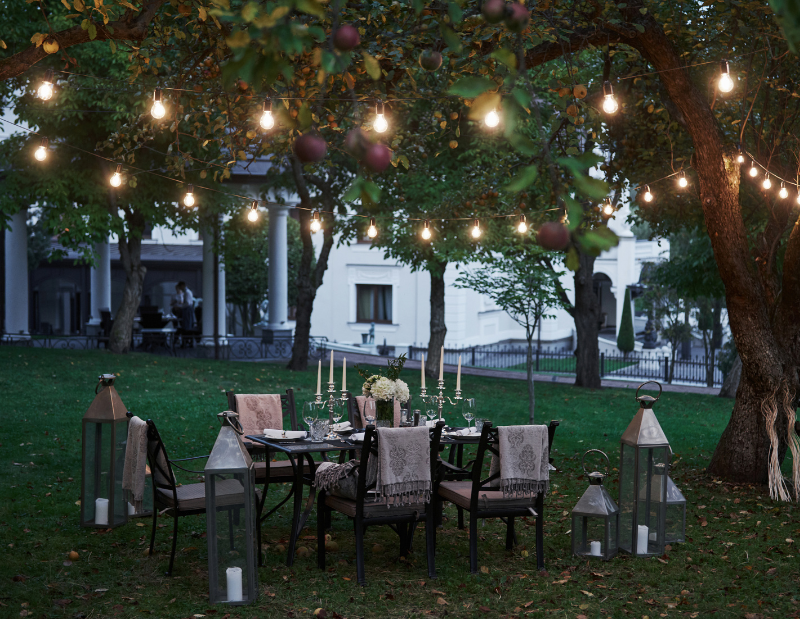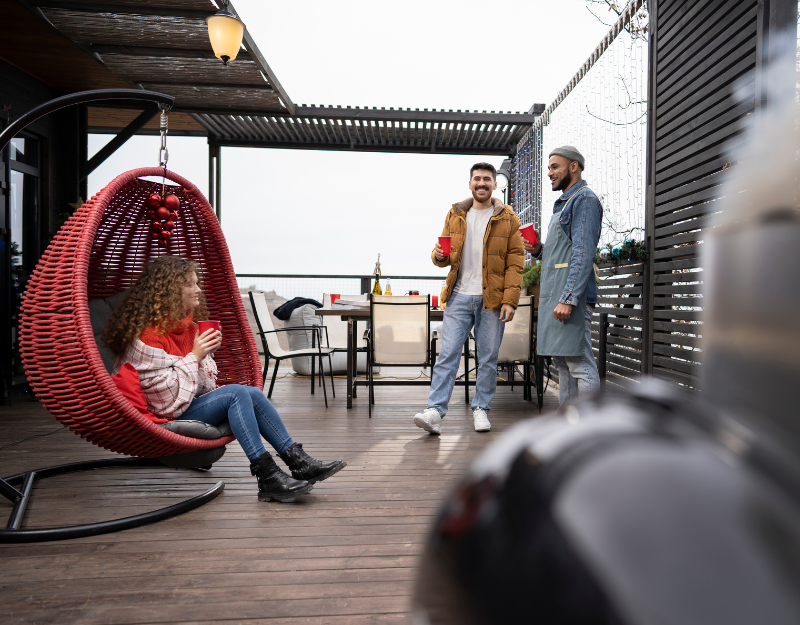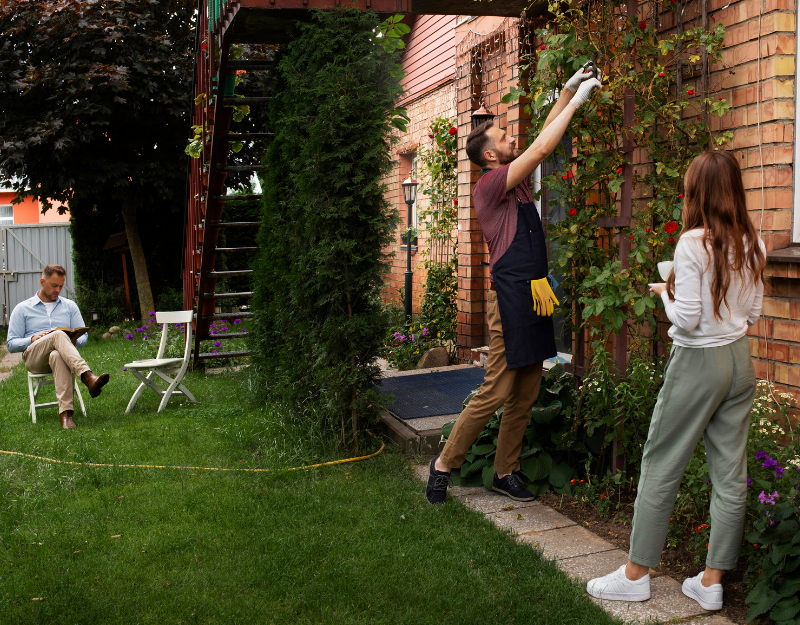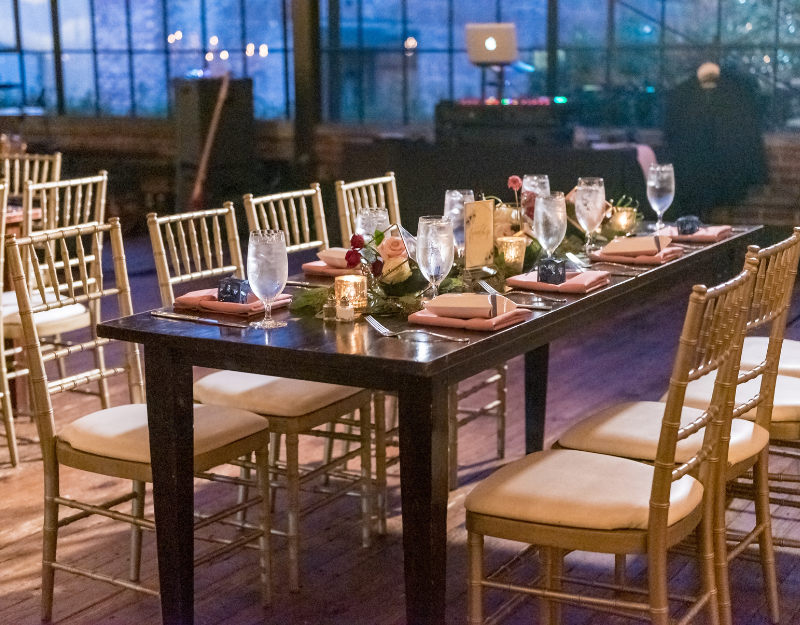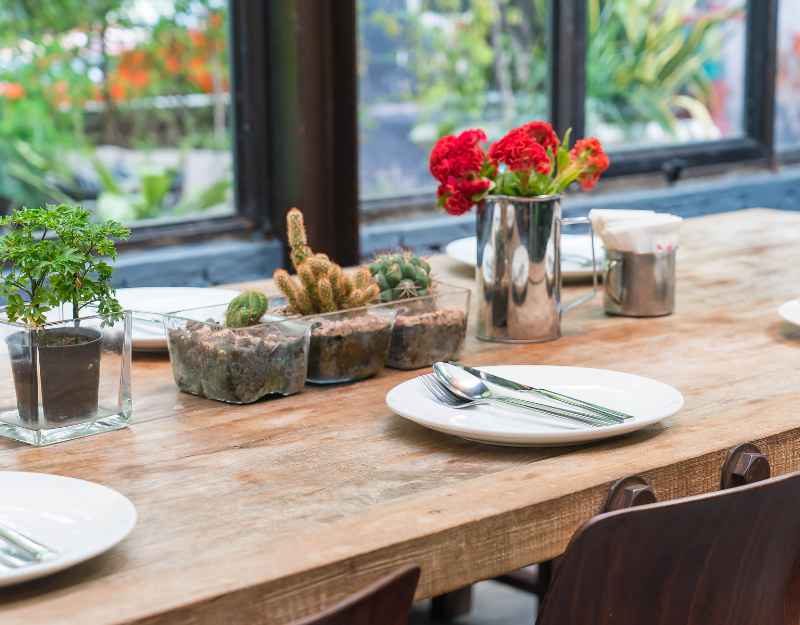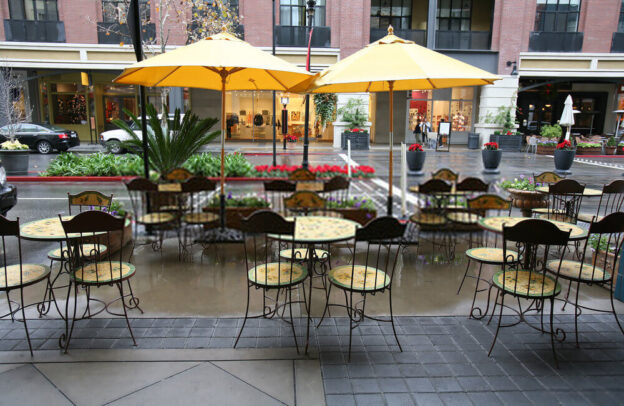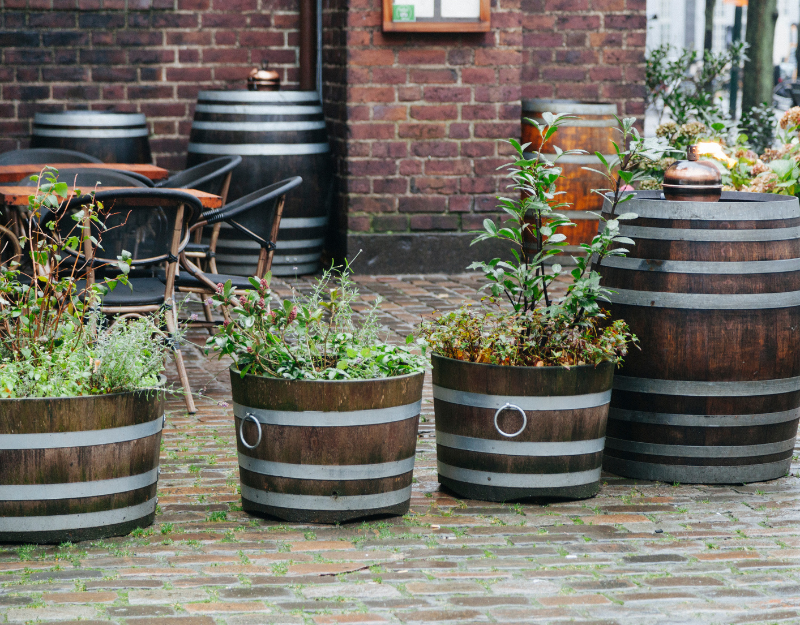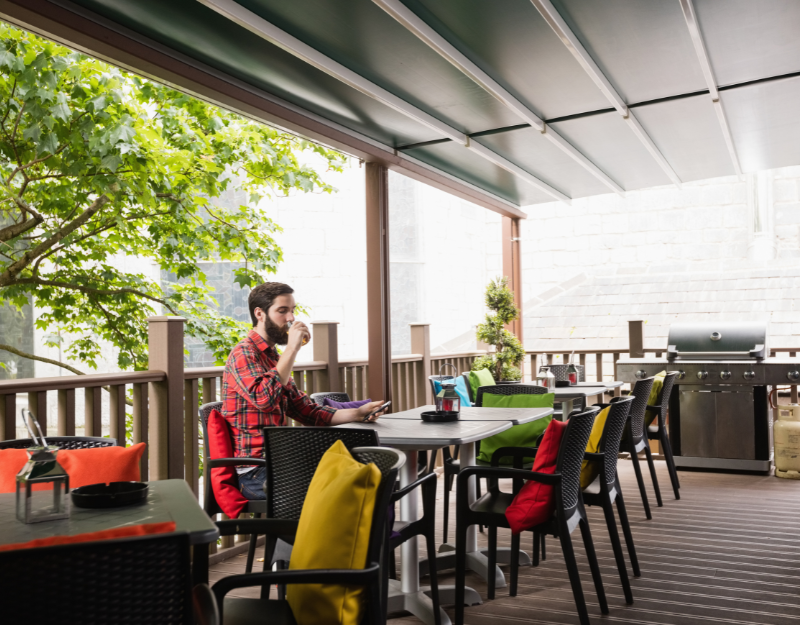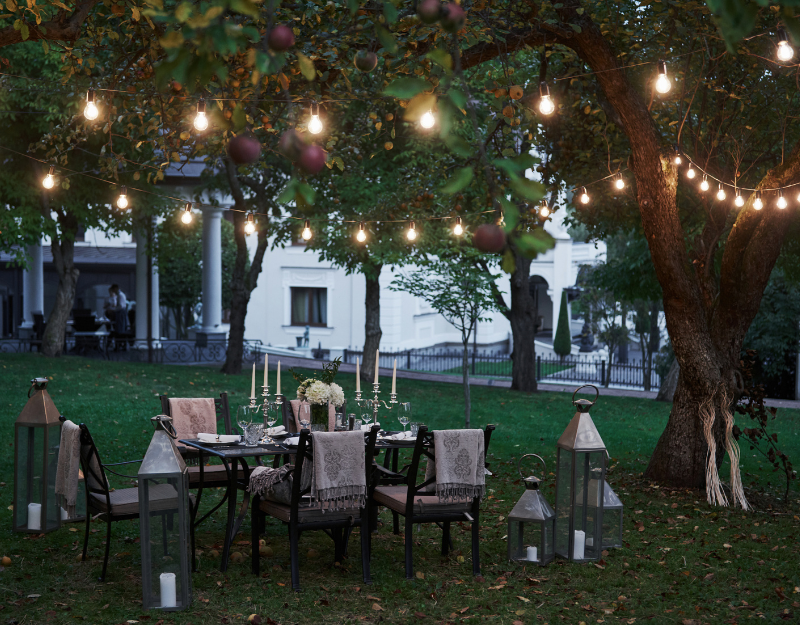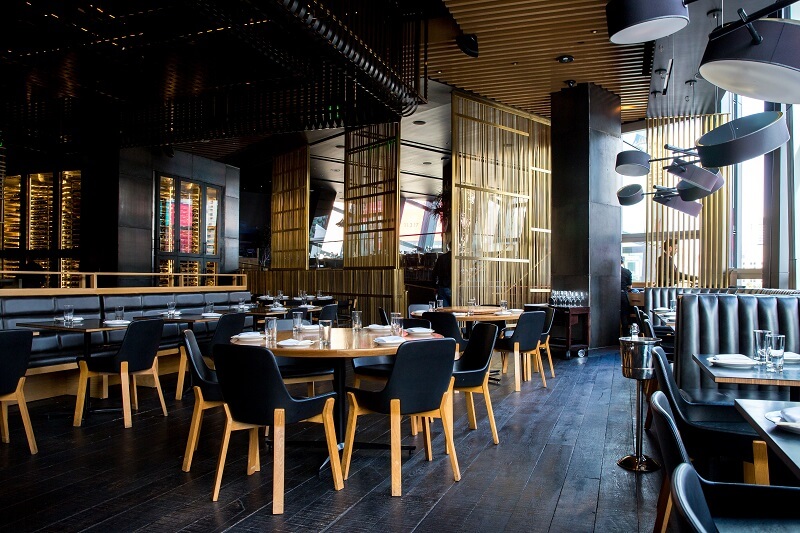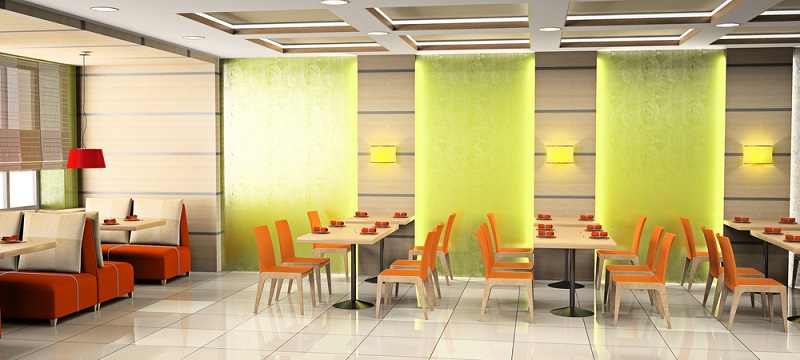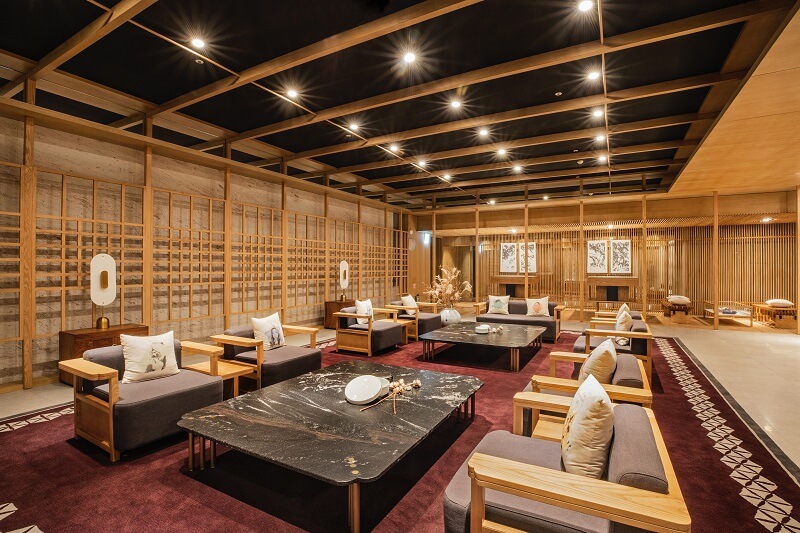The restaurant industry offers vast opportunities for entrepreneurs. It’s dynamic and customer-focused, demanding creativity and business savvy. With diverse cuisines and dining experiences, it’s a field ripe for innovation. This guide will guide you about how to start a restaurant, from concept to launch.
Essential Planning and Execution for Restaurant Success
If you are thinking of how to open a restaurant, this is the right place for you to get the right guidance. You must know that proper planning and execution are crucial for a successful restaurant. They ensure a strong foundation, from menu design to financial management. Attention to detail in these areas can lead to customer satisfaction, operational efficiency, and sustained growth, making them key to the restaurant’s long-term success.
How to Set Up a Restaurant: Key Steps to Follow
Starting a restaurant is an exciting journey, blending passion with business acumen. This step-by-step guide provides a roadmap for aspiring restaurateurs, from conceptualization to the grand opening. It shows you the steps to opening a restaurant. It covers essential aspects like choosing a niche, business planning, and effective marketing strategies. This comprehensive guide is your key to launching a successful restaurant.
Let’s start!
Step 1: Choose a Niche
Identifying your restaurant’s niche is crucial. It defines your brand, influences your menu, and attracts your target audience. Whether it’s Italian cuisine, vegan food, or a fusion concept, your niche sets the tone for your business. Research market trends, understand customer preferences, and choose a niche that resonates with your passion and market needs. This decision shapes your restaurant’s identity and plays a pivotal role in its success.

Step 2: Make Sure You Have a Business Plan
A well-crafted business plan is the backbone of your restaurant. It outlines your business goals, target market, financial projections, and operational strategy. Include details about your concept, funding requirements, marketing strategies, and a detailed analysis of your competition. A thorough business plan not only guides your journey but also attracts potential investors. Thus, it is a critical step in starting your restaurant.

Step 3: Select the Name and Location of Your Restaurant
Your restaurant’s name, location, and design are key to its identity. The name should reflect your concept and appeal to your target audience. Location plays a significant role in accessibility and foot traffic. Ensure it aligns with your target demographic. The design and layout should create an inviting atmosphere while maximizing efficiency. Consider the flow of service, customer comfort, and aesthetic appeal in your design plan.
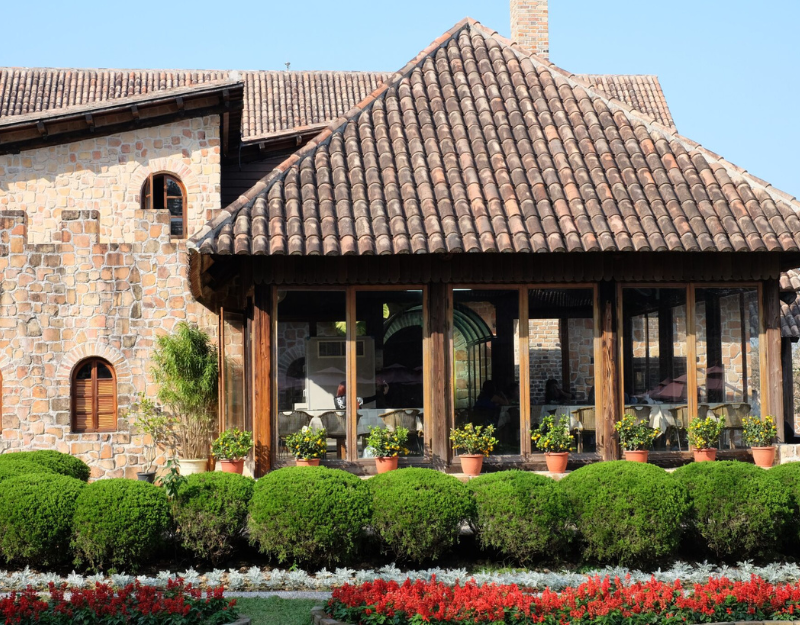
Step 4: High-Quality Furniture Should Be Your Priority
Comfortable and stylish furniture enhances customer experience and reflects your restaurant’s theme. Invest in high-quality, durable furniture that complements your interior design. Consider factors like space optimization, customer comfort, and maintenance. The right furniture not only adds to the ambiance but also impacts the overall perception of your restaurant.
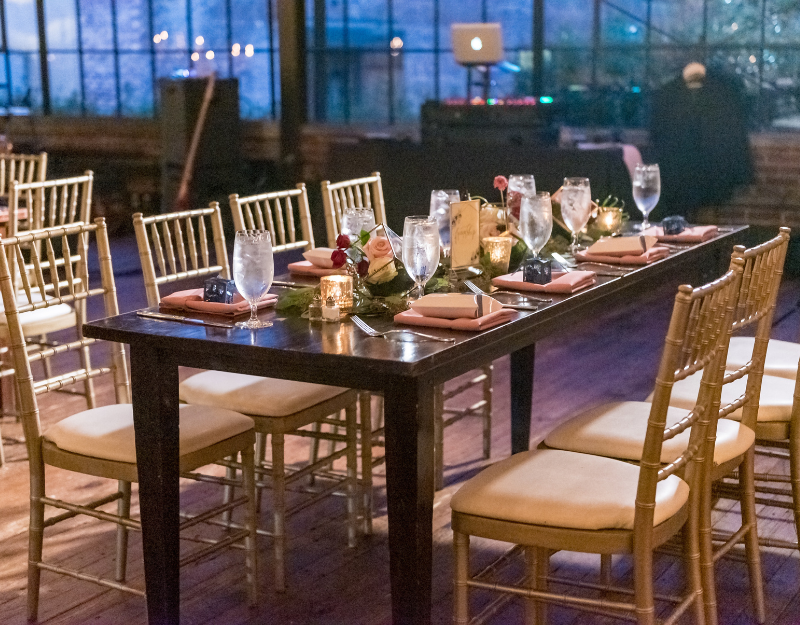
Step 5: Don’t Forget to Get Restaurant Licenses and Permits
Navigate the legalities. Obtain necessary licenses and permits, including health permits, liquor licenses, and general business licenses. Compliance with local regulations is crucial to operate legally and avoid penalties. Research the specific requirements in your area and ensure all paperwork is in order before opening.
Step 6: Design Your Restaurant Menu to Attract Customers
Your menu sets the tone for your restaurant. Aim to create a selection that stands out and draws in your target market. Make sure each dish is high-quality, looks great, and offers something different. Don’t forget about the drinks. A good mix of unique cocktails, handpicked wines, or craft beers can elevate the meal experience and add to your profits.

Step 7: Build a Winning Team for Your Restaurant’s Success
The people who work for you represent your restaurant. Focus on bringing in skilled, personable, and professional staff. Whether they’re cooking or serving, they shape how customers see your place. Train them well so they get your brand’s vibe and keep up your service quality. A great team is vital for your restaurant’s success.
Step 8: Upgrade Your Equipment and Restaurant Technology
Investing in the right kitchen equipment and technology streamlines operations. Invest in excellent quality kitchen appliances. This way, you can ensure efficiency and consistency in food preparation. Adopt restaurant technology like POS systems, reservation software, and customer relationship management tools. These investments improve service speed, order accuracy, and overall customer satisfaction.
Step 9: Stick to an Actionable Restaurant Marketing Strategy
Effective marketing is essential to attract customers. Develop a marketing plan that includes digital marketing, social media presence, local advertising, and community engagement. Highlight what makes your restaurant unique. Build a strong online presence with an engaging website and active social media profiles. Engage with your community through events, partnerships, and local promotions.
Step 10: Launch with a Soft Opening, Followed by a Grand Celebration
A soft opening allows you to test operations with a limited audience. Gather feedback and make adjustments. For your grand opening, create buzz with marketing campaigns and special promotions.
This is your chance to showcase your restaurant to the public, so make it memorable. A successful grand opening sets the tone for your restaurant’s future and helps build an initial customer base.
Hope now you have understood what you need to open a restaurant. Good luck for your future endeavors!
Final thoughts,
This guide to opening a restaurant outlines what you need to embark on this exciting journey. It emphasizes the importance of detailed planning, from selecting a niche to the grand opening. By meticulously following these steps, entrepreneurs can effectively navigate the complexities of the restaurant business, setting the stage for a successful and fulfilling culinary venture.
FAQs
The cost of opening a restaurant depends on several factors including location, size, concept, and level of finish. Costs can range significantly, influenced by expenses such as leasing, kitchen equipment, initial inventory, licenses, and staffing. Create a detailed budget in your business plan to get a clearer idea of the necessary investment.
Restaurant furniture is available from specialized commercial furniture suppliers, online platforms, or local stores. These suppliers offer various styles to suit different restaurant themes. When selecting furniture, consider durability, comfort, and a design that complements your restaurant’s ambiance. Trade shows and restaurant auctions are also good sources for unique or budget-friendly furniture.



